Teaching and Fantasy Literature: Hefting the Dramatist’s Toolkit
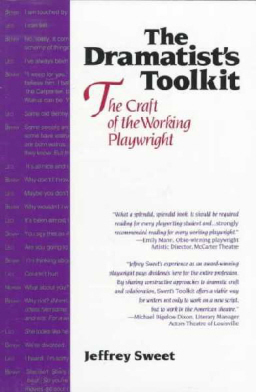 Here’s a silly but common way to organize a creative writing program: The absolute prerequisite for any class that specializes by genre–and in this context, genre means the big divisions into fiction, poetry, and drama–is a general creative writing class that purports to introduce students to the the basics of all three genres in a fourteen-week semester. Assume your first class meeting is lost to administrivia, your last class meeting is a wash because students are packing out for their winter or summer holidays, and you’ll lose one or two others to snow days or the flu. You have to give thirty–yes, thirty–undergrads a grounding in all the technique they may ever get in fiction in four weeks. All they may ever get of poetry, all they may ever get of drama–four weeks each.
Here’s a silly but common way to organize a creative writing program: The absolute prerequisite for any class that specializes by genre–and in this context, genre means the big divisions into fiction, poetry, and drama–is a general creative writing class that purports to introduce students to the the basics of all three genres in a fourteen-week semester. Assume your first class meeting is lost to administrivia, your last class meeting is a wash because students are packing out for their winter or summer holidays, and you’ll lose one or two others to snow days or the flu. You have to give thirty–yes, thirty–undergrads a grounding in all the technique they may ever get in fiction in four weeks. All they may ever get of poetry, all they may ever get of drama–four weeks each.
Moreover, odds are that you’re not a generalist yourself, any more than your students are. At least one of those mega-genres is going to be your weak spot, and now you have to prioritize all the technique you don’t know in that weak genre to figure out what’s most important to introduce your students to in the four weeks they’ll spend trying to be, say, playwrights.
Fortunately for me, I knew a Real Live Playwright who helped me figure out what the most important basics were in her genre. She pointed me to Jeffrey Sweet’s book, The Dramatist’s Toolkit: The Craft of the Working Playwright. Sweet’s book didn’t make a dramatist of me, but it did illuminate what Joss Whedon and his writers were up to in all that crackling dialogue on Buffy the Vampire Slayer. As I studied the more uneven shows I loved, like Babylon 5 and The X Files, what separated the glorious episodes from the episodes that fell flat was much easier for me to pinpoint. When I turned my hand to fiction again after a decade as a poet and scholar, most of what I got right was the result of using Sweet to dissect Whedon.
So, what are the tools in that toolkit? And which are the ones we need?
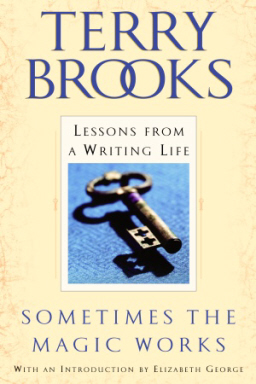
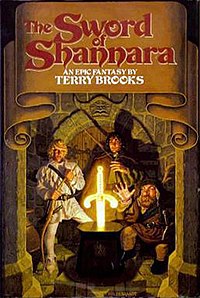 A confession: Terry Brooks’s novels are not my thing. That is not a judgment on him, just an observation that so far I haven’t really connected with his work. For the record, in the Grand Taxonomy and Hierarchy of Books That Aren’t My Thing, The Sword of Shannara gave me far more reading enjoyment than did James Joyce’s Ulysses.
A confession: Terry Brooks’s novels are not my thing. That is not a judgment on him, just an observation that so far I haven’t really connected with his work. For the record, in the Grand Taxonomy and Hierarchy of Books That Aren’t My Thing, The Sword of Shannara gave me far more reading enjoyment than did James Joyce’s Ulysses. Any of several things can happen next. The student may find three likeminded young writers and a folding card table to meet at, and start her own seminar. The student may drop out of college, get a series of fascinating dead end jobs, and write his way to a workshop like Clarion or Odyssey. Maybe she gives up writing altogether. Maybe he stops showing his writing to others. Maybe she goes pro eventually despite it all, and has a chip on her shoulder about that confounded creative writing class for the rest of her days.
Any of several things can happen next. The student may find three likeminded young writers and a folding card table to meet at, and start her own seminar. The student may drop out of college, get a series of fascinating dead end jobs, and write his way to a workshop like Clarion or Odyssey. Maybe she gives up writing altogether. Maybe he stops showing his writing to others. Maybe she goes pro eventually despite it all, and has a chip on her shoulder about that confounded creative writing class for the rest of her days.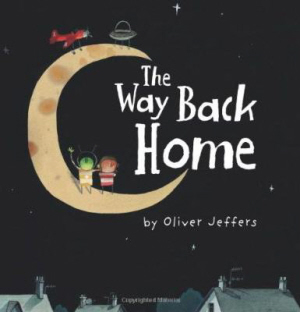

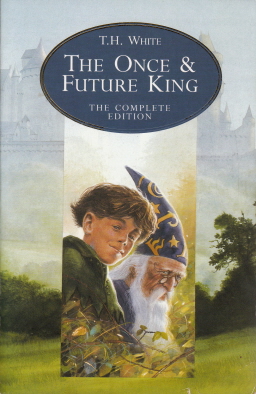
 “Why do we have to read so much?” said the students who thought Intro to Myth would be an easy A. “And all this writing! You turned it into work!”
“Why do we have to read so much?” said the students who thought Intro to Myth would be an easy A. “And all this writing! You turned it into work!”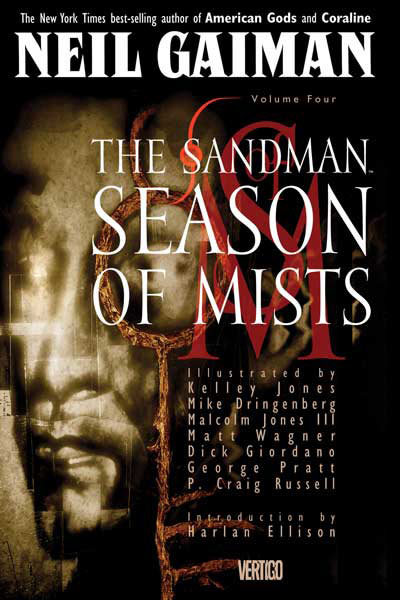 For a week, I experienced the delightful illusion that I held the whole tradition of myth and mythic literature in my head at once. Gilgamesh to Gaiman, it floated in a perfect structure of interconnectedness. I could see through time. Then I wrote the final exam, and the illusion dissolved instantly.
For a week, I experienced the delightful illusion that I held the whole tradition of myth and mythic literature in my head at once. Gilgamesh to Gaiman, it floated in a perfect structure of interconnectedness. I could see through time. Then I wrote the final exam, and the illusion dissolved instantly.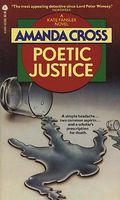 One of their moves was to offer a knock-off version of the one undergraduate class Comp Lit could always get full enrollment for–the course that made it possible for my Comp Lit grad student friends to pay their rent and eat. That’s not hyperbole. I had classmates who lived in their cars during the summer because without their school-year teaching paychecks they had to choose between food and shelter.
One of their moves was to offer a knock-off version of the one undergraduate class Comp Lit could always get full enrollment for–the course that made it possible for my Comp Lit grad student friends to pay their rent and eat. That’s not hyperbole. I had classmates who lived in their cars during the summer because without their school-year teaching paychecks they had to choose between food and shelter.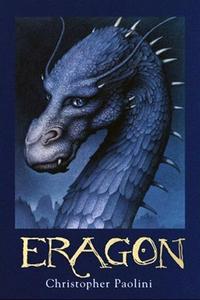
 The cheap shots are kind of tempting — analogies, or allegories even, about the SAT as a form of gladiatorial combat. Some of my students do experience the test that way. Certainly the SAT has become a fasting ordeal, now that it’s four hours long and still allows only one break long enough for scarfing down an energy bar. But I’m not enlisting the aid of Katniss Everdeen to fight the College Board over its test. Odd as it sounds, there are some admirable, humane aspects to the SAT in its current incarnation. I’ve just started using the Neo-Roman culture of Suzanne Collins’s Panem setting to work to take the fear out of Latin-derived vocabulary words.
The cheap shots are kind of tempting — analogies, or allegories even, about the SAT as a form of gladiatorial combat. Some of my students do experience the test that way. Certainly the SAT has become a fasting ordeal, now that it’s four hours long and still allows only one break long enough for scarfing down an energy bar. But I’m not enlisting the aid of Katniss Everdeen to fight the College Board over its test. Odd as it sounds, there are some admirable, humane aspects to the SAT in its current incarnation. I’ve just started using the Neo-Roman culture of Suzanne Collins’s Panem setting to work to take the fear out of Latin-derived vocabulary words.